by aramatzne@gmail.com | 11 Mar 2018 | Roads Taken
Part 4. The early days on Cooper, sky, sand, and bear alarms. 1 June 2000, continued.
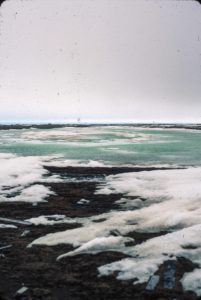
Spring is gaining ground. The snow and ice recede.
It is 6 am. I have been up since midnight. It started to rain at 1. It is about 33º. I am lying in wait, camera ready, oatmeal strewed, for one of many snow buntings and one white-crowned sparrow. I consumed about all of the hot liquids I can tolerate and am considering switching over to the scotch. So what if it is early morning?
The rain patters on, the tent is steamy. Of course, the steaminess of the tent is detrimental to my hopes of any good photos since the lens is in a constant state of fog but I have lots of time and may as well feel like I am working at something.
The other day in Barrow, I was fooled by the sky. The pack ice stretches from shore away to the west. The low clouds reflecting a small lead out on the water gave the illusion that the ocean was open just offshore, that after a couple hundred yards there was open water, not just pack ice. There was nothing distinct about any of them (sky, water, land), flat, contourless, contrast-less. Unbearably desolate in that flat, grey light.
I’m not sure how this always happens. For someone like me, who can talk a mean streak, I do always seem to fall into company with those that can outdo me in their sleep. George can talk. Among all the other bits of life that he can cover he has 30 years’ worth of summers on Cooper Island. He talked about coming out this time of year and setting up the tents 50 yards out on the pack ice, not knowing it until the ice started to break up. Having matches dropped from a plane, they spontaneously ignited on impact. Finding a polar bear sleeping behind one of the nest boxes he was checking. Having a black guillemot line up and explosively shit into his face, a fluid stream of digested fish rapidly-propelled, as he was inhaling to blow the feathers out of the way to check the cloacal opening. It goes on. He is disorganized and, after 30 years of doing this, still seems to need to prove himself. “I don’t need to clean the pot, I just figure out what I can cook that will complement what’s left in the pot from the last meal.”
Since he was only here for a couple of days he slept in the cook tent. Before his snow machine was 100 meters from camp I began emptying everything out so I could dump the 45 lbs of sand he had imported to the tent’s inside. His goal, he said, was to have enough sand in the tent to be able to drain a pot of hot pasta directly onto the floor of the tent by the end of summer.
I hate sand. Some people get into their tent to get out of the wind. I get into the tent to get out of the sand. I like it under my bare feet. I like it on the beach. I hate it in my tent, in my food and my bed. This is a man who left here with a cell phone, a hand-held two-way radio, a GPS unit, and a personal locator beacon to find his way back to Barrow, but won’t bring a shovel to the island because it is too technologically advanced. Egad. He’ll be back 12 June.
There are three cabins I can see from here without binos. They are six miles away across the lagoon. George says at times you can see caribou walking on the bluffs to the east of the cabins.
I collected four dead birds, two male and one female common eiders and one male king eider. Apparently done in by an owl – short-eared, maybe snowy. The feathers are magnificent – soft as eiderdown, thick, and luxuriant. The birds just happen to be missing all of the flesh in their breasts and on their necks. The wings and bodies are untouched otherwise, the meat carefully excised with hardly a feather ruffled, pun quite literally intended.
There is a rather ingenious bear perimeter alarm set up around the camp. A rattrap wired to a car alarm with a plastic plug set under the trip wire. When the connecting cord, that encircles camp, is pushed out of line the plug pops out and the alarm sounds. A bear meandering into camp is not likely to step over the cord to avoid the hated car alarm. There have been a lot of bear sightings and a few encounters this year. One bear has been killed. I sleep with a loaded shotgun and carry pepper spray. As I wander farther from camp for longer periods of time I will carry the gun with me. They say slugs are effective on charging bears.
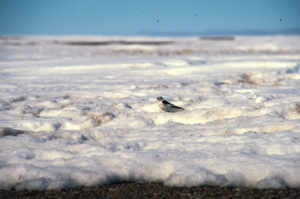
Snow Bunting
Join me this fall on The Road not Taken Enough when I go to Svalbard on an Arctic Circle residency Artistry in the Arctic.
Like this:
Like Loading...
by aramatzne@gmail.com | 4 Mar 2018 | Roads Taken
Part 3. The following excerpt was actually written upon my return to the lower 48 but it so amazed me that I have to share it. Back to the regular Arctic programming next time. Honest.
“I am going through cash like crazy. I had a few minutes of panic this evening when I filled my gas tank and it was $13.”
Whoa. That’s not just a different decade but a different universe.
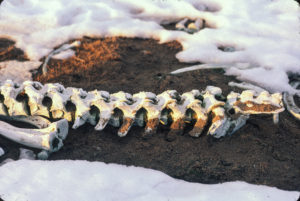
On the backs of giants
Join me this fall on The Road not Taken Enough when I go to Svalbard on an Arctic Circleresidency Artistry in the Arctic.
Like this:
Like Loading...
by aramatzne@gmail.com | 25 Feb 2018 | Roads Taken
Part 2 in a series of journal excerpts from time in the Arctic
**note: photos in these posts are from scanned slides… that desperately needed to be cleaned…
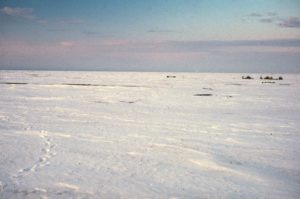
Cooper Island Camp
I never cease to amaze myself. I am comfortably ensconced in a mostly dry, not very large tent on a small patch of open ground on a large, flat, frozen-in island. The land, the water, and the sky look all the same. From the sand and gravel that stretch ten feet in front of the tent the snow begins and goes on until it merges seamlessly with the pack ice. The pack ice, in turn, merges with sky somewhere along an indistinct horizon.
Now that I have found pseudo fly poles for the tent, I sit with my camera on the tripod attempting to lure snow buntings and a hapless white-crowned sparrow to eat leftover rice and a handful of dry oatmeal. They sneak in and disappear again before I realize my chance is gone.
The rain sounds nice but I am glad to be out of it. It is 33ºF, 0530, and the sun has been up since 10 May. That sounds funny. It hardly gets any less light at night than during the day – there is a different quality to the light, it is flatter and offers less contrast to the world. Though I have hardly seen the sun, as it has been cloudy and gray since I got here, it is fascinating to see it circle the horizon – the 360º horizon. Yesterday there was an immense, distinct sundog which I praised and was thankful for. It didn’t occur to me that it would bring rain. The mackerel sky tipped me off on that.
So, how did I arrive here? My usual convoluted way. Cool, I’ll go to Alaska for the summer. Indeed. I arrived in Barrow, via Detroit, Seattle, and Fairbanks. It was 20º when I arrived. Not bad for the 28th of May. I guess that is even cold by Alaska standards for so late in the spring. My boss, George, and I stayed at the research facility in Barrow one night. Collected up all the gear we hadn’t already gathered in Fairbanks, bought more food, raided the facility stock room and, with the help of two research staff, piled everything onto two snow machine sleds, piled ourselves on – two driving, two (including me) standing at the sled back – and set out across Elson Lagoon to my summer home away from home, Cooper Island.
It was interesting to come across the great flat water, the sleds moved across, around, and through the pressure ridges in the ice. It was trackless, with exception of some fox tracks, there were no landmarks, no sun in the heavy sky to guide us, and yet we mostly made a straight line to the island, 25 miles east of Barrow. Flocks of common eiders, low to the frozen surface, crossed the horizon. Greater white-fronted geese talked their way across the sky.
We set up the tents, stowed gear, and set up the polar bear perimeter alarm. The research guys headed back to Barrow. George and I were left on a flat, featureless island.
It was mostly still under snow and, except for a few bare spots, in one of which we set up the tents, it was hard to believe that it was any different than the pack ice on the lagoon. Apparently, one year George actually did set up the tent on the pack ice, not realizing the island shore was 50 yards away. Oops.
George showed me the island, briefed me on what I need to do over the next two weeks while he is away and two days later he took the snow machine back to Barrow. So it comes to pass that I am alone on a barrier island in the Arctic Ocean. Frozen into the lagoon, frozen into the island, and for all practical purposes, frozen into time.
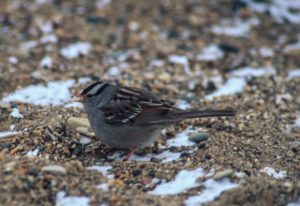
The hapless white-crowned sparrow.
Join me this fall on The Road not Taken Enough when I go to Svalbard on an Arctic Circle residency Artistry in the Arctic.
Like this:
Like Loading...
by aramatzne@gmail.com | 18 Feb 2018 | Roads Taken
In preparation for my upcoming residency with The Arctic Circle in September and October, I will post a series of photos and journal entries from previous time spent in the Arctic. I hope you enjoy this introduction and I hope you’ll join me here this fall when The Road not Taken Enough returns to the Arctic. xoxo T
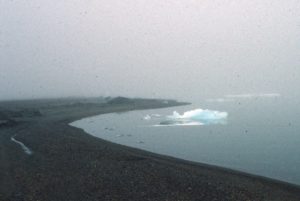
The fog
Part 1 – Sensory deprivation
I’ve been walking since I got up this morning. And eating of course. The wind and rain of the other day passed finally. Yesterday was foggy and freezing. Everything was covered with a thin sheet of ice. It lifted briefly in the afternoon and got warm for a spell.
This morning when I awoke the air was absolutely dead calm and the fog as thick as it has ever been. And so, I walked, and took photos, and walked more. There is an absolute silence and stillness to the world that is unmatched by anything I’ve ever heard or felt. Even intensely cold days in the north woods have a feeling of motion. This is absolute.
There is sensory deprivation on two levels, sound- except for a few birds, my own footsteps and the almost imperceptible wash of water on the shore, but these things you must work to hear. And visual deprivation -the water, both the lagoon and the ocean, is so utterly calm that they perfectly mirror the sky and the fog, so all sense of a horizon or a division between land and water is gone.
All sense that you are seeing anything at all is gone. If my mind didn’t override my visual input and tell me about the fog I should think I was going blind. Visibility is very low across the land but to stand on the edge of the water and look into the great grey void created by the sky and water uniting in color and texture is to truly experience emptiness. And to feel as if I am on the edge of the world.
Now and then, on the lagoon side, a dark spot that is a loon or a long-tailed duck will break free of the fog and show itself giving a definitive life to the water and proving that there is more than one dimension to the space in front of me.
On the ocean side, there are icebergs looming in the water, moving imperceptibly across the surface. And often, they calve. The sound travels through the fog, across the water, that distorted fog sound. But to look out to the ocean there is no change, no motion, no acknowledgment by the water or the air that the balance between ice and water has shifted. Only silence once again.
Occasionally a red-throated loon gives its eerie, raspy, almost desperate call, though no loon is in sight. I know it is out among the icebergs, bill pointed up to the foggy sky and its head cocked to one side or the other, listening into the silence for an answer, or for any sound. Some proof that the rest of the world still exists and it isn’t only in the imagination that there was once wind and motion, sounds of water washing against the shore, or the persistent calls of numerous other birds.
I took many photos of this deprivation of sight. Some hard fast object in the foreground with the limitless depths of fog gray void behind. How does one record the lack of something to see with a camera? I’m not sure. If there is anything to see in my photos, any depth or contrast, any color, any motion, they will be stupendous indeed. If not, they will be flat, gray, ambiguous portraits of just what I sought to record, the lack of something to see.
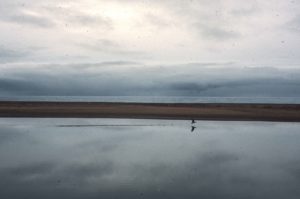
Take off
Join me this fall on The Road not Taken Enough when I go to Svalbard on an Arctic Circle residency Artistry in the Arctic.
Like this:
Like Loading...
by aramatzne@gmail.com | 23 Dec 2017 | Roads Taken
The annual holiday photo roundup – it was an Oregon-centric year.
All the best for a spectacular 2018 full of love, joy, and peace.
With gratitude for all of your support and encouragement, generosity and graciousness,
xoxo T
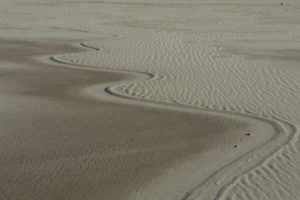
Cape Lookout
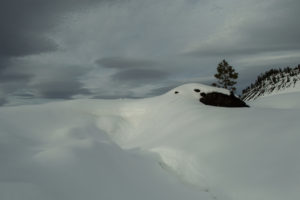
Lava Lands
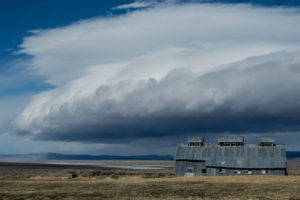
Summer Lake
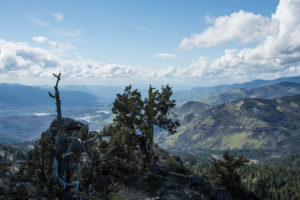
Hobart Bluff
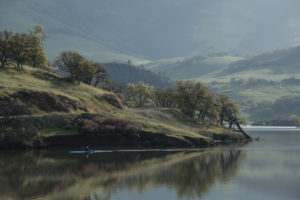
Emigrant Lake
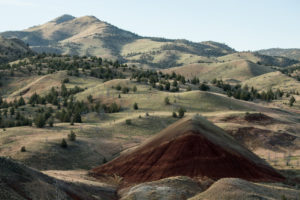
Painted Hills
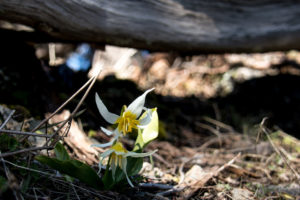
Avalanche Lily
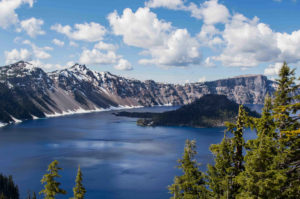
Crater Lake
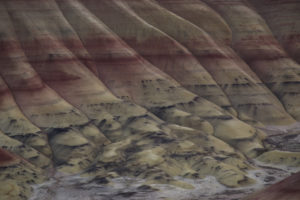
Painted Hills
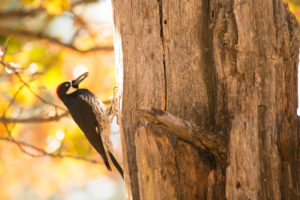
Acorn Woodpecker
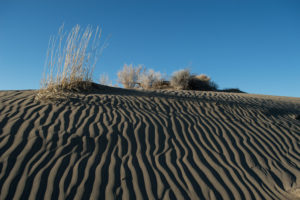
Christmas Valley
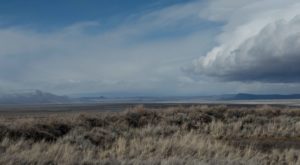
Summer Lake
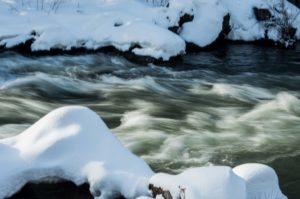
Deschutes River
Like this:
Like Loading...
by aramatzne@gmail.com | 9 Nov 2017 | Roads Taken
Last month, I registered The Road not Taken Enough as a Limited Liability Corporation with the state of Oregon. I’m not altogether sure what I will do with this designation but, as usual, I’ll make it up as I go.
The application had a series of questions that I immediately forgot after answering. I was looking through the paperwork yesterday and found this:
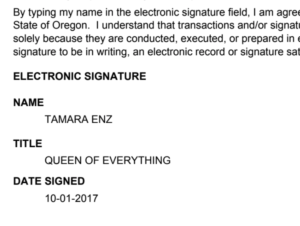
I mean, why be “Owner” or “President” when you can be so much more. A field tech long ago and far away gave me this title. Apparently, I see no reason to change it.
Like this:
Like Loading...





















